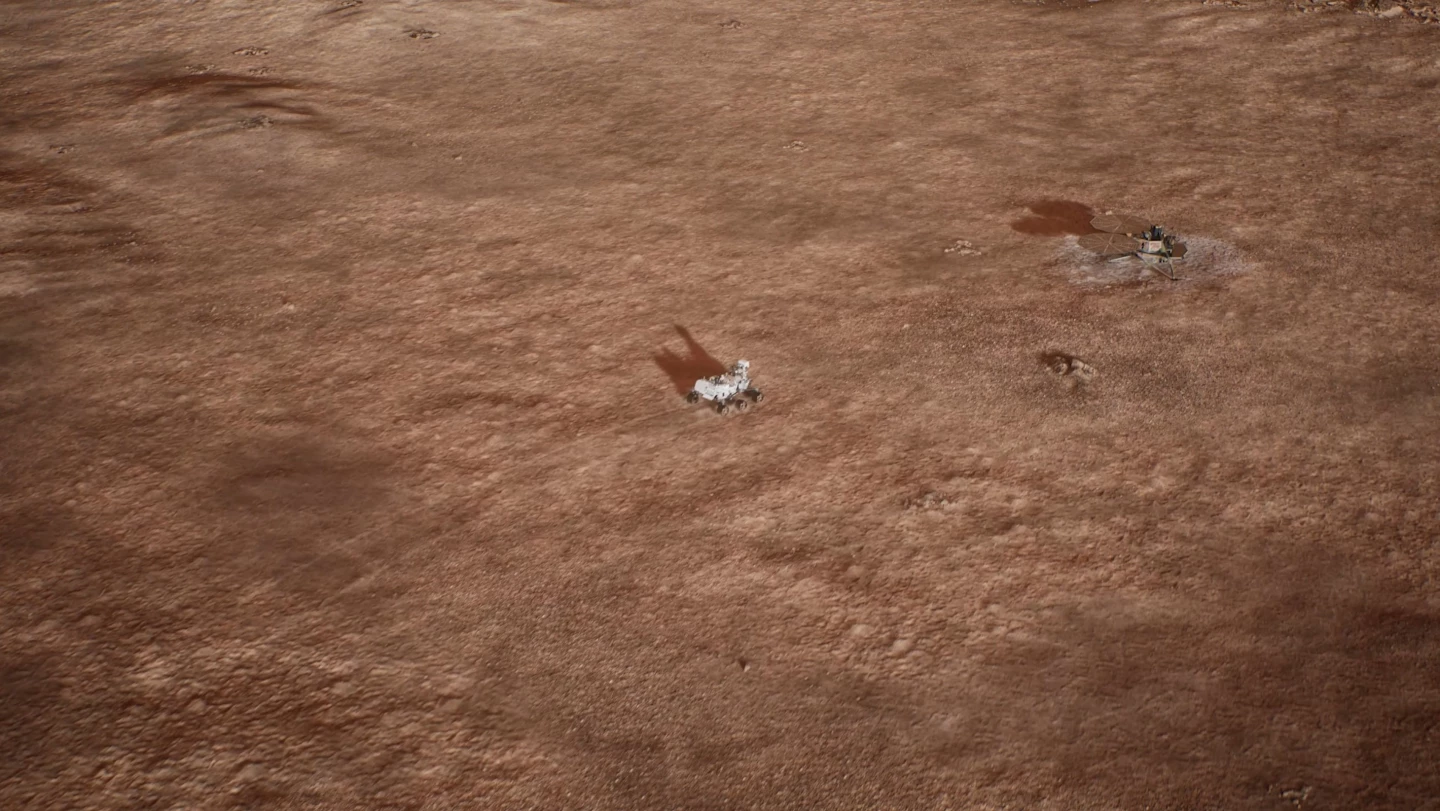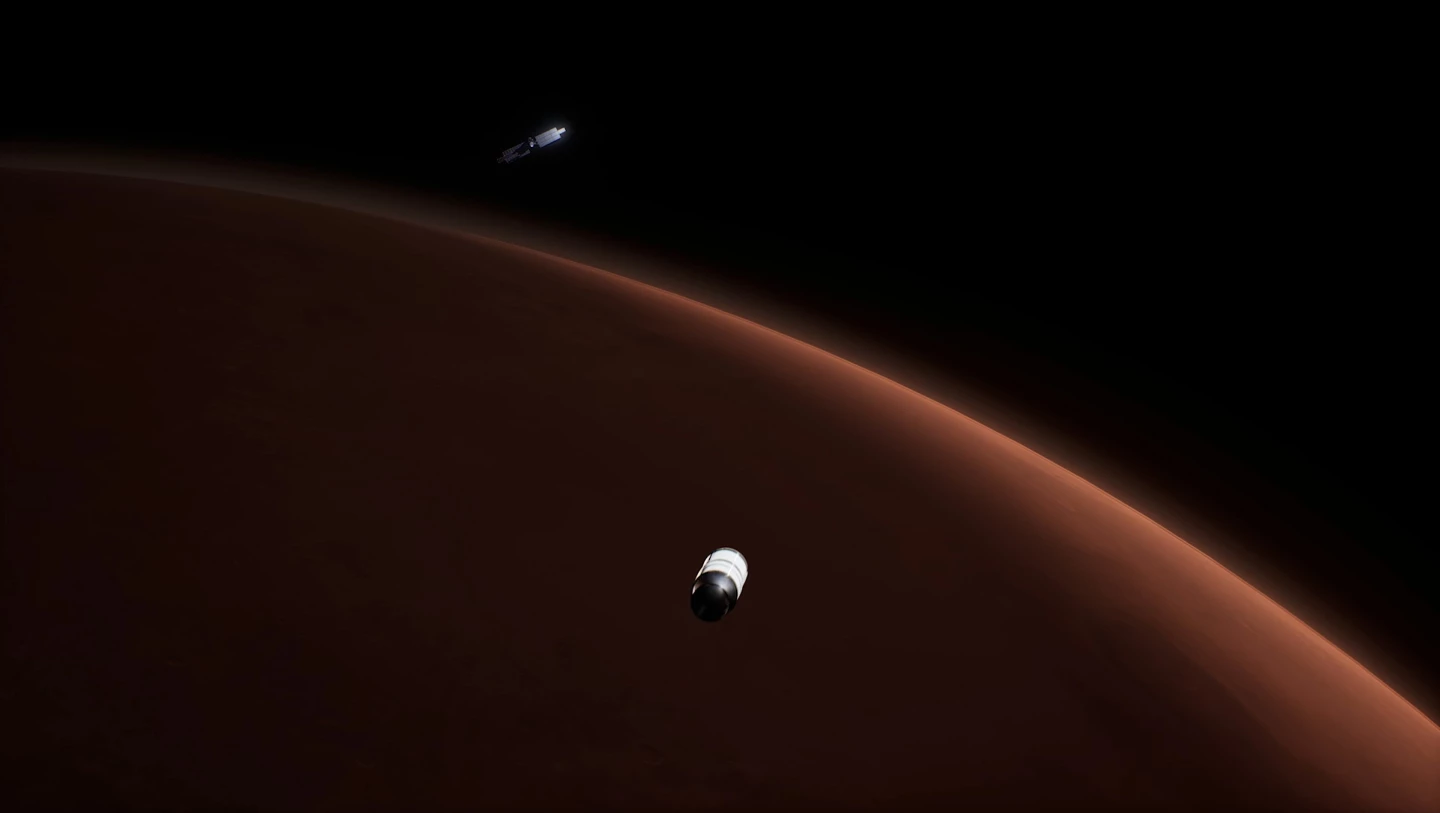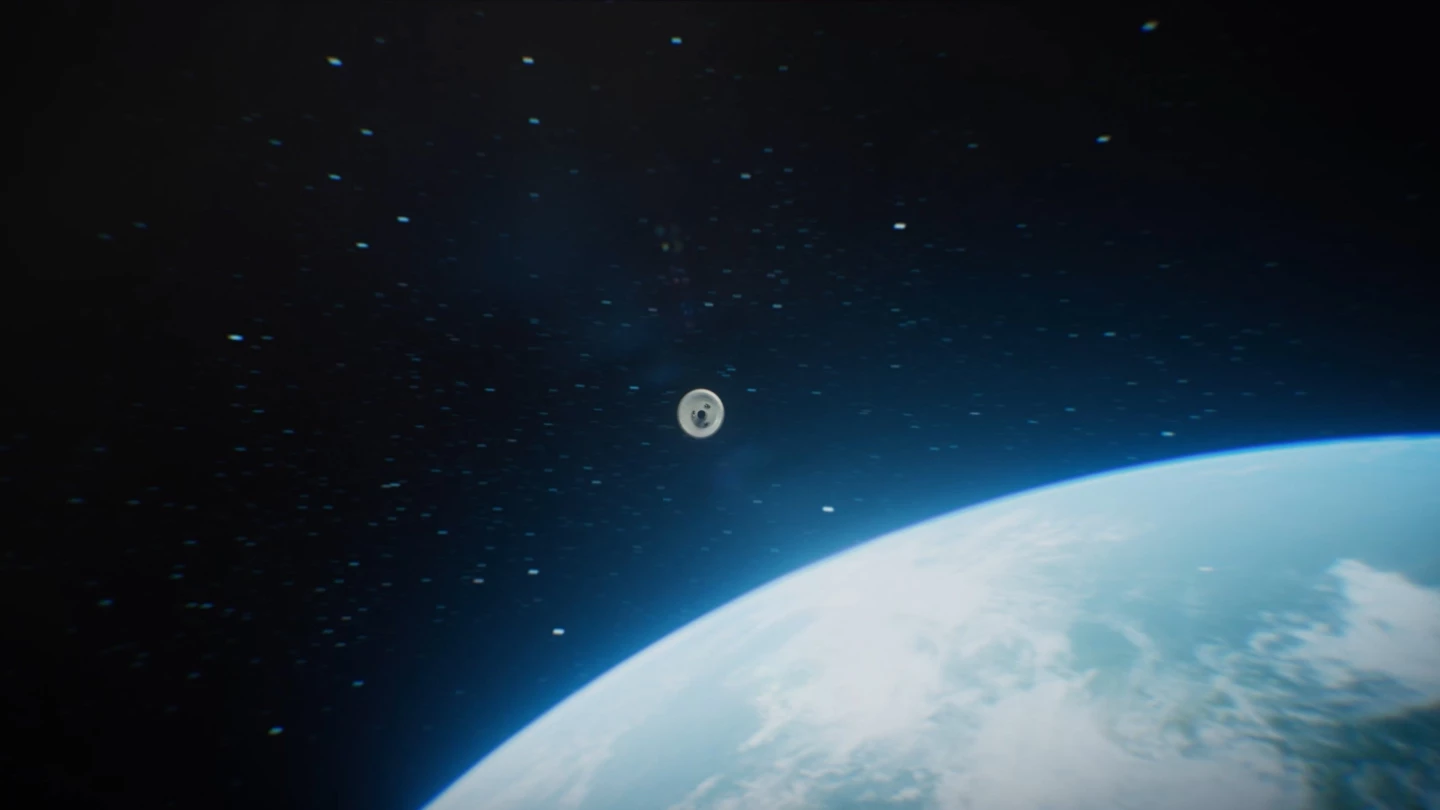NASA's beleaguered Mars Sample Return mission may get a reprieve from an unexpected source. Lockheed Martin has proposed a streamlined, lower-cost alternative that could slash the mission’s price tag by more than half.
Facing significant funding cuts across multiple programs, NASA’s ambitious international effort to retrieve Martian samples and return them to Earth is under threat. Already jeopardized by Russia’s withdrawal from the program following its invasion of Ukraine, the mission now faces potential cancellation due to shifting priorities within the current US administration.
Under new agency guidelines, NASA has been ordered to focus more on deep-space crewed missions to the Moon and Mars, along with other endeavors involving cutting-edge technology, while axing projects that have been marked by massive spending without a proportionate scientific return.
One prime candidate for the chop is the Mars Sample Return mission, which is a staggeringly ambitious international program involving many nations that is tasked with using multiple spacecraft to collect samples from the surface of Mars and then return them to Earth for in-depth laboratory analysis.
The mission’s first phase is already underway, with NASA's Perseverance rover exploring the surface of Mars. As it traverses the dunes and dead river beds that last saw water two billion years ago, it's been collecting drilling samples that have been sealed in special container tubes left behind on the ground like a paper trail in a cosmic game of Hares & Hounds.
The idea is that a second lander will eventually set down in the vicinity of the first and deploy a second rover that will follow the path blazed by the nuclear-powered Perseverance and collect the tubes. These will be stored in a special sealed container, which will be placed in a small rocket that will be fired into orbit around Mars where it will rendezvous with yet another spacecraft for return to Earth.

All very Heath Robinson-like but the engineers say it could work if Russia's contribution to the scheme can find a replacement – as well as US$7 billion to cover the costs.
And that, as they say, is the rub. This kind of cash is making the American government have serious second thoughts about footing the bill for what some see as comparatively little scientific return.
Enter Lockheed Martin, which claims that it can use its experience with previous planetary exploration missions to complete the mission for less than $3 billion on a fixed-price contract where Lockheed offers to eat any cost overruns.

The idea is to replace the current spacecraft with simpler, streamlined, and lighter versions derived from Lockheed Martin's experience with previous Mars and other space missions. The lighter bit is particularly important because the biggest cost of any mission is getting the gear to Mars (and, in this case, back), so every ounce trimmed results in big savings down the line.
For example, the present lander craft would be replaced with a smaller one based on the InSight Mars lander, for which Lockheed Martin was the prime contractor. Another change would be a smaller Mars Ascent Vehicle (MAV) that's designed to be the first rocket to ever lift off from the Red Planet. However, this one would be much more mission specific, weighing in at 500 to 660 lb (250 to 300 kg), with an 11-lb (5-kg) sample payload.
This would be complemented by a smaller Earth Entry System (EES) based on NASA's Genesis, Stardust, and OSIRIS-REx deep space sample return missions to comets and asteroids. This would be more lightweight than current designs, with a composite structure and a specially designed heat shield for atmospheric reentry.

In addition to these, Lockheed Martin has also offered to build the cruise stage to carry the lander from Earth to Mars. This would provide power, navigation, propulsion and other support systems, as well as carry the protective aeroshell to shield the lander as it hits the Martian atmosphere. The company would also deal with the problem of sealing the sample return capsule and making sure that it is decontaminated in accordance with NASA and international safety protocols against interplanetary contamination.
"MSR represents the biggest bang for the science buck," said Whitley Poyser, Lockheed Martin’s Director of Deep Space Exploration. "With our 50 years of Red Planet mission experience, we have demonstrated that we can successfully navigate the technical complexities required while staying on budget and schedule reducing the need for government oversight."
Source: Lockheed Martin








